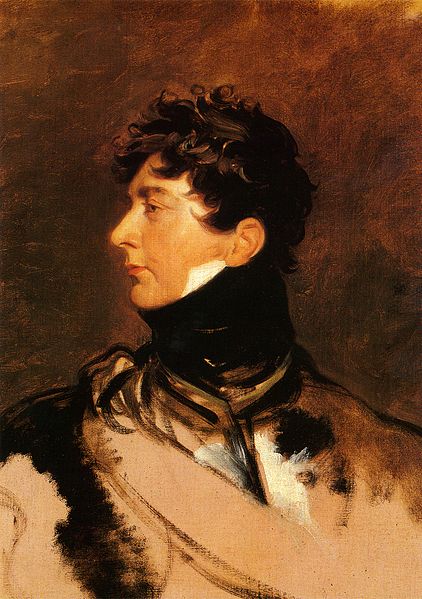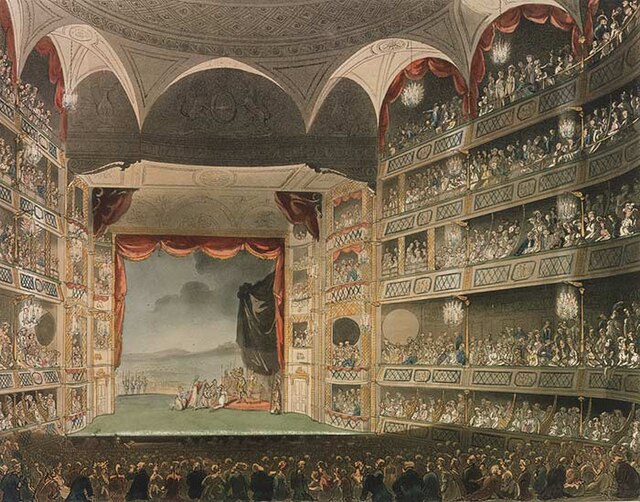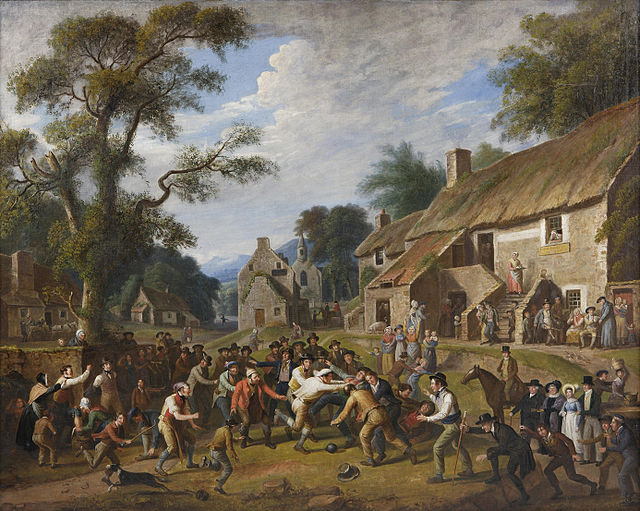James Burton (property developer)
Lieutenant-Colonel James Burton was the most successful property developer of Regency and of Georgian London, in which he built over 3000 properties in 250 acres. The Oxford Dictionary of National Biography says that Burton was "the most successful developer in late Georgian London, responsible for some of its most characteristic architecture".
Pyramidal Tomb of James Burton (1761–1837) and Burton family at St Leonards-on-Sea, England
James Burton (1761 - 1837), the most successful property developer of Regency and of Georgian London.
The Burtons' mansion, The Holme of Regent's Park, which was designed by Burton's son Decimus Burton, has been described as 'one of the most desirable private homes in London' by the architectural scholar Guy Williams.
Burton was a cousin of the poet Sir Walter Scott, 1st Baronet.
The Regency era of British history is commonly described as the years between c. 1795 and 1837, although the official regency for which it is named only spanned the years 1811 to 1820. King George III first suffered debilitating illness in the late 1780s, and relapsed into his final mental illness in 1810; by the Regency Act 1811, his eldest son George, Prince of Wales, was appointed prince regent to discharge royal functions. When George III died in 1820, the Prince Regent succeeded him as George IV. In terms of periodisation, the longer timespan is roughly the final third of the Georgian era (1714–1837), encompassing the last 25 years or so of George III's reign, including the official Regency, and the complete reigns of both George IV and his brother and successor William IV. It ends with the accession of Queen Victoria in June 1837 and is followed by the Victorian era (1837–1901).
Prince George by Thomas Lawrence (c. 1814)
Interior of Theatre Royal, Drury Lane, 1808
Tom Cribb vs Tom Molineaux, 1811
Football being played in Scotland, c. 1830








